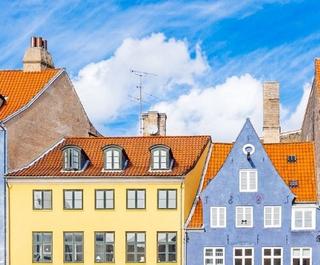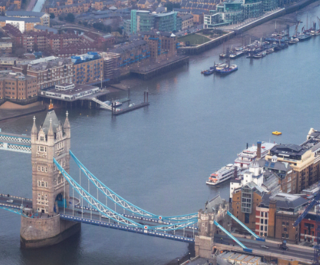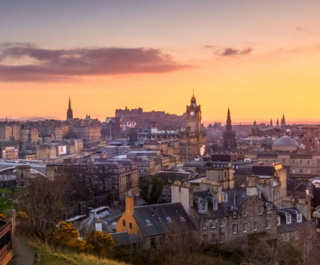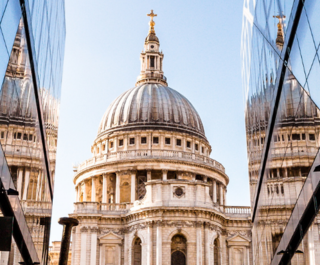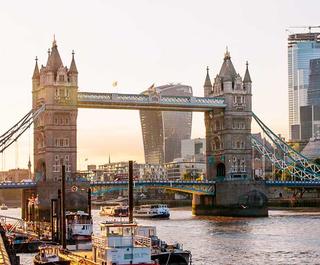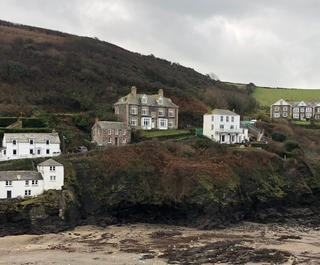
Pubs are part of Britain’s national DNA; a cradle-to-grave presence, from celebrating christenings, weddings and wakes, to watching your team win or lose, or taking the Sunday paper and settling in for the day. Few places unite young and old, north and south in the way that pubs do.
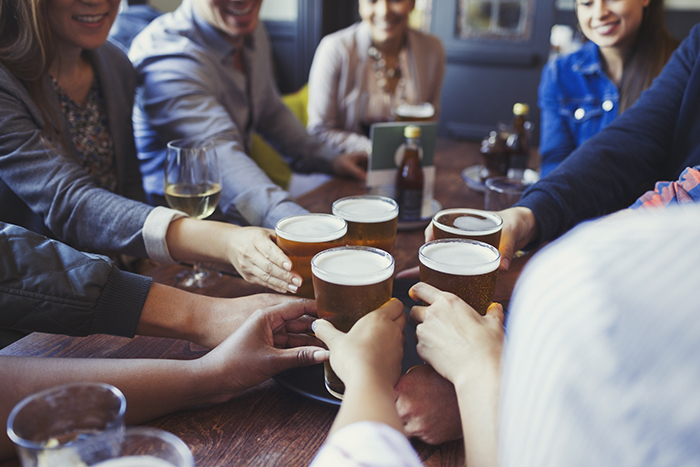
Some claim to be the oldest, and Nottingham holds a few. Ye Olde Trip to Jerusalem, close to the Robin Hood statue, stretches into the Castle Rock. The story goes that it was established in 1189, had been the site of the Castle’s brewhouse, and the point from where many left for The Crusades. The nearby Bell Inn and the Ye Olde Salutation Inn, both make a similar claim. Whatever the truth, history echoes with the ring of the landlord’s bell.
Many pubs attempt to carve out uniqueness in a sea of more than 50,000. The smallest, with enough room for six drinkers, is The Little Prince in Margate, Kent, and measures just 3.4m by 2m. The largest, The Moon Under Water on Manchester’s Deansgate, is a converted cinema that can hold more than 1,500 punters in its 817sqm.
There’s community-owned pubs, where residents have banded together to save the local. The first of those, The Old Crown at Hesket Newmarket in Cumbria, inspired both country and city groups to do the same. Beyond a quirky claim to fame, others have affected change beyond the pub. The ‘gastropub’ movement of the 1990s changed many people’s view of British food. The Eagle on Farringdon Road in London is said to have kicked o what was then a trend and now an expectation.
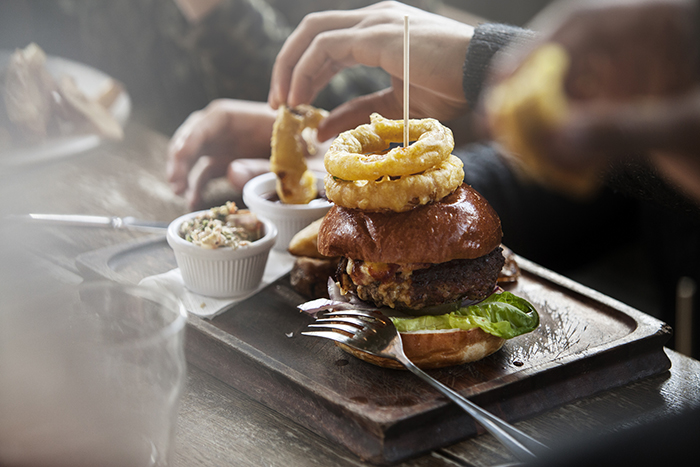
Look across the capital from this first outpost of good food and you’ll find the best of seasonal British fare. The Draper’s Arms in Barnsbury, not far from Islington’s Upper Street, a solid favourite; the Canton Arms, in Stockwell, another, serving up real ale, a good wine list and sharing platters of salt marsh lamb and trays of Boulangere potatoes, from our cousins across the Channel. Comfort at its best.
Beer writer Mark Dredge sees the change as driven by customers. “I think the consumer has made the pub change. If we’re going to go out, have a few beers and food, then it has to be for something better than we can get at home. In cities, and with the younger generations, the pub is not what it was to our parents. We go to different ones every week and we eat and drink more variedly. The concept of ‘the local’ has changed.”
This generational shift is driven by the rise of craft brewing. “It’s having a big impact,” says Mark, “and not just in specialist bars. We can now drink good craft beer on every high street in Britain. It means far greater choice than we’ve ever had before. BrewDog [Scottish craft brewer] are putting good beer in the middle of Britain’s main cities. They are a catalyst for changing drinking habits.”
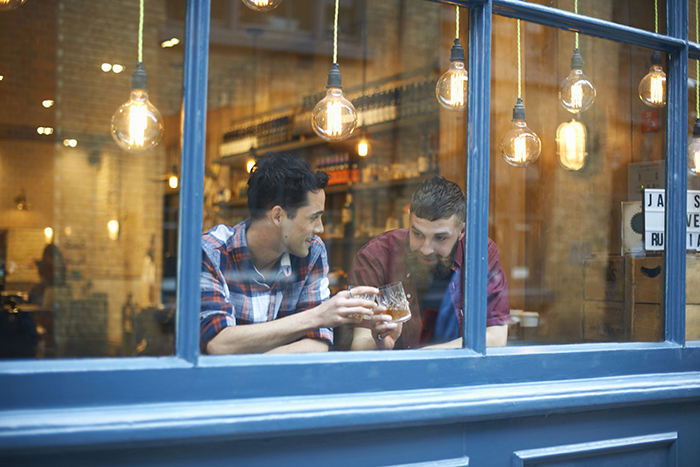
Beyond BrewDog, the likes of Craft Beer Co. in London and Brighton, Friends of Ham in Leeds and a host of other taverns have pushed the idea of the British pub from a few choices on the bar to lines of taps and handpulls – it seems the days of asking for “a pint of the usual” are no longer.
The Campaign for Real Ale kicked o an improvement in brewing back in the '70s; many pubs displaying their badge as a sign that ‘proper real ale’ is served. This march in quality is continual. Real ale fostered an interest in beer for one generation, craft beer becoming the clarion for the next. If there’s one thing we know, last orders won’t be called on the British pub anytime soon.
Click here for flight deals to the UK


